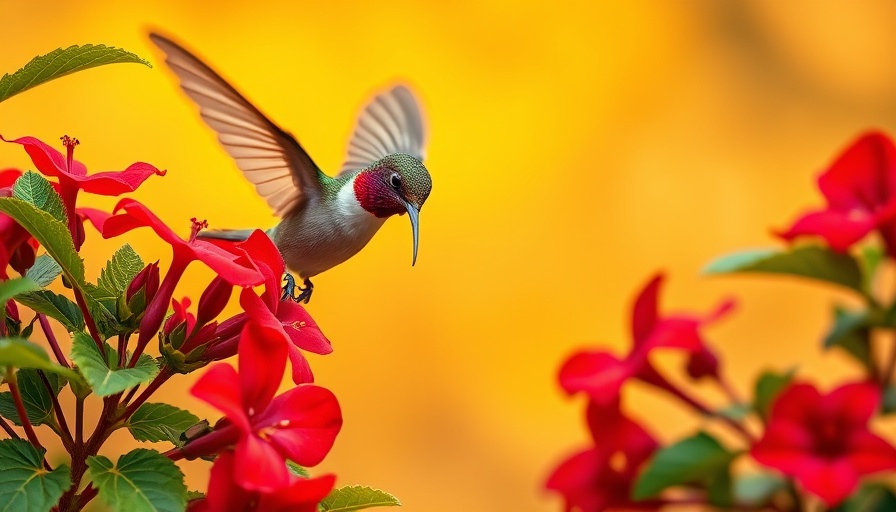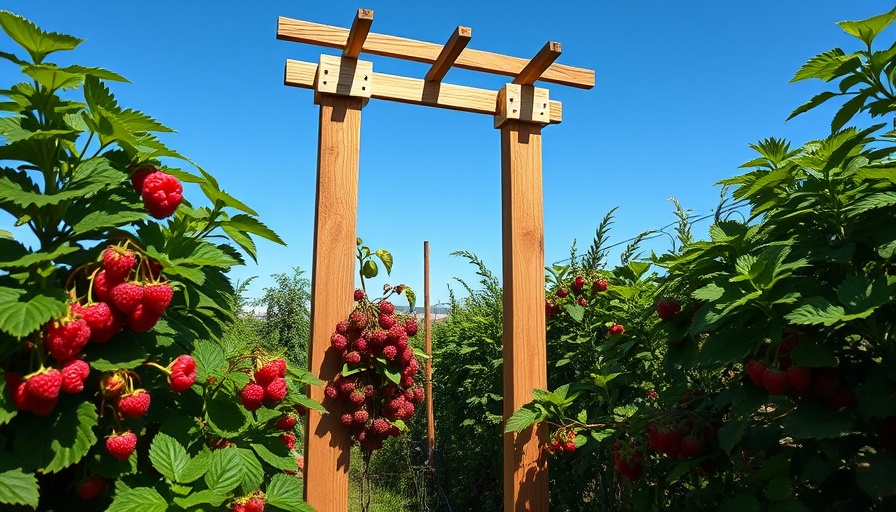
Unlocking the Secrets of Budget Gardening
Starting a garden can often feel overwhelming, especially for first-timers bombarded with endless product recommendations. However, a garden doesn't need to be an expensive venture. One clever way to start seeds without breaking the bank is by using something you likely already have in your kitchen: egg cartons. This budget gardening hack not only saves money but also reflects eco-friendly practices that are increasingly vital today.
Choosing the Right Seeds to Grow
Egg cartons are surprisingly versatile for seed starting. While they work well for herbs like basil and cilantro, they're also excellent for growing tomatoes and peppers. However, some plants, like cucumbers and zucchini, generally thrive better when sown directly into the ground due to their sensitivity to transplant shock. Understanding which seeds to start in egg cartons can simplify planning your garden and set you up for success.
The Importance of Quality Soil
One of the keys to successful seed starting is using a seed starting mix instead of a regular potting mix. Seed-starting mixes are sterile and prevent fungal infections, ensuring your seedlings have the best chance of survival. If standard potting mix is your only option, make sure to eliminate larger chunks that could hinder small seeds. This small detail can make a significant difference in your garden’s outcome.
Setting Up Your Seed Station
Utilizing an egg carton gives you 12 compartments for planting, which theoretically allows you to start 48 seedlings if you plant two seeds per hole. Though it might seem counterintuitive to plant multiple seeds and then thin them out, this practice improves the odds of successful germination, ensuring that at least one or two seedlings thrive in each compartment.
Environmentally Friendly and Convenient
This method is not just economical; it’s also environmentally friendly! Once your seedlings are ready to transplant, you can place the entire egg carton into the ground, as the cardboard is biodegradable. This is a notable advantage over plastic seed trays that contribute to landfill waste.
What to Expect and Next Steps
As you embark on your gardening adventure using egg cartons, it’s essential to regularly check on your seedlings. Make sure they have adequate light and moisture but avoid overwatering to prevent damping-off diseases. With patience and care, watching your seedlings sprout can lead to a rewarding gardening experience that not only beautifies your home but also offers fresh herbs and vegetables for your kitchen.
Ready to explore the world of gardening? Start with this easy and cost-effective hack today!
 Add Row
Add Row  Add
Add 




Write A Comment